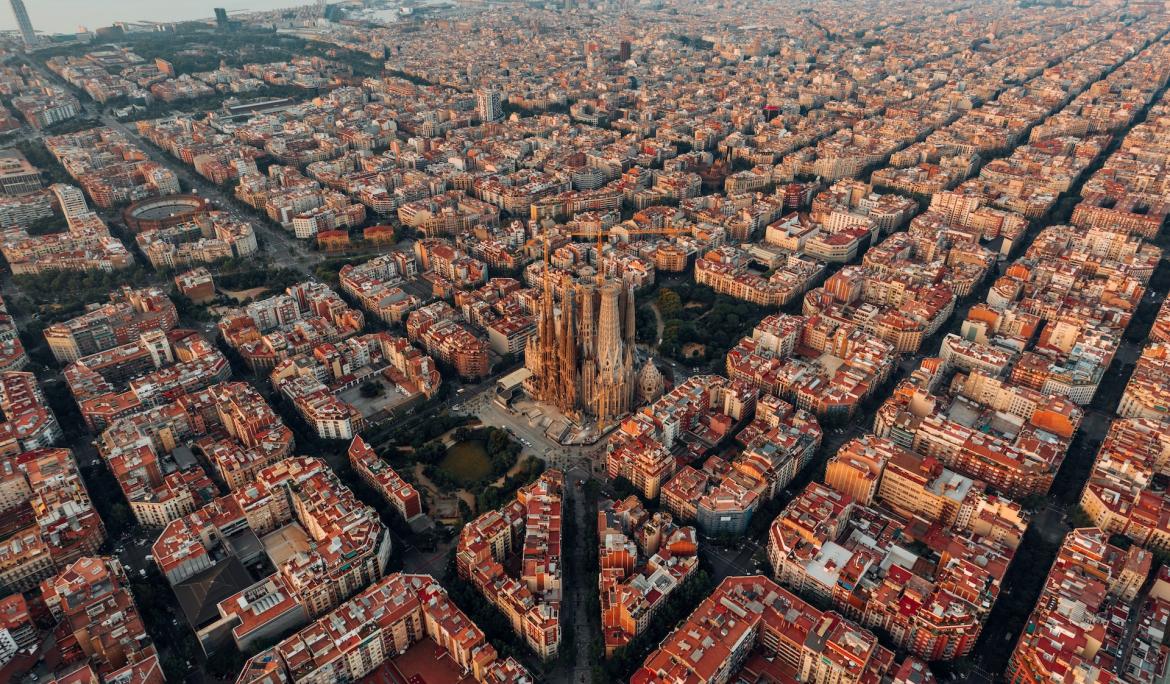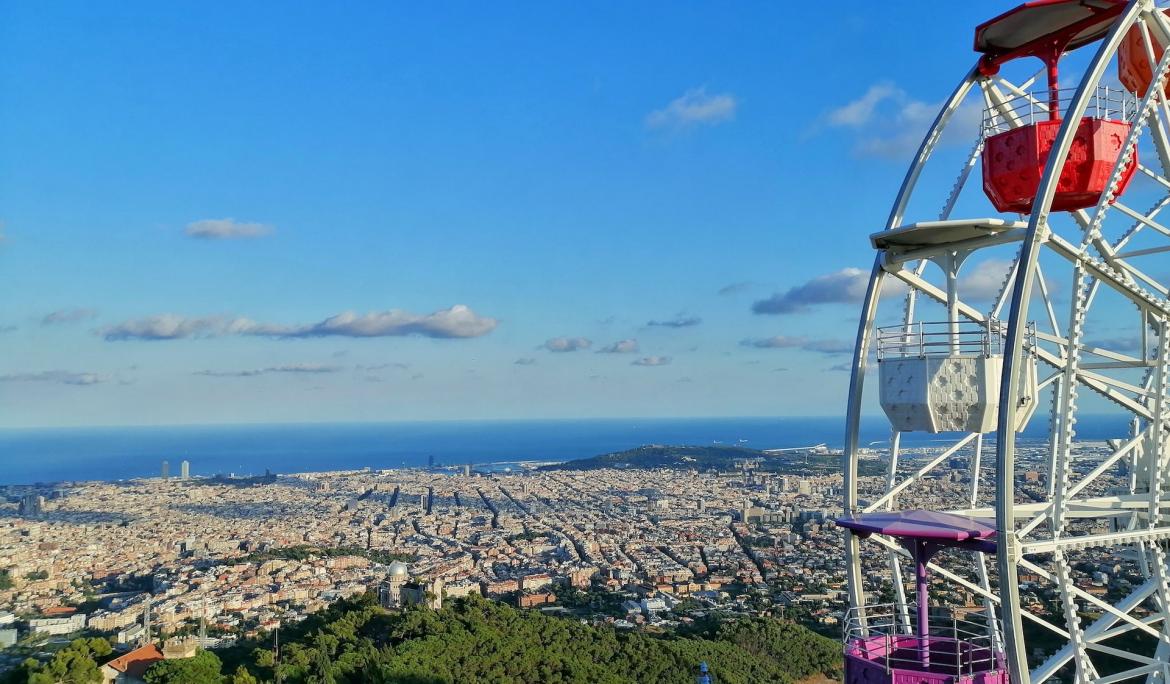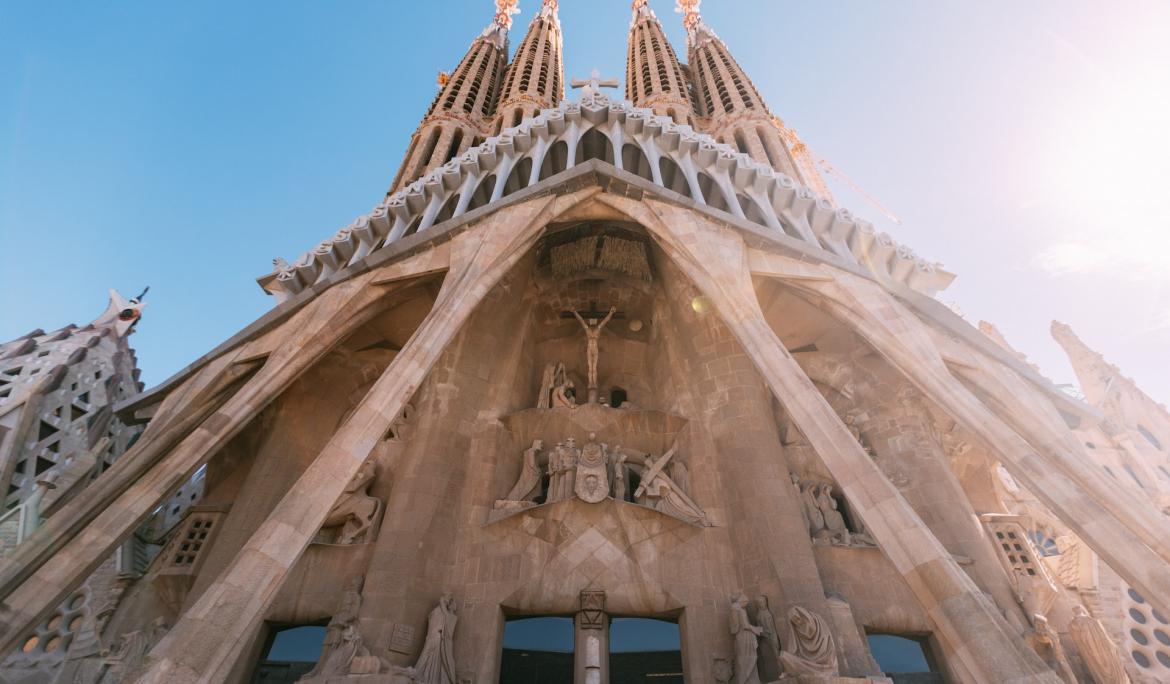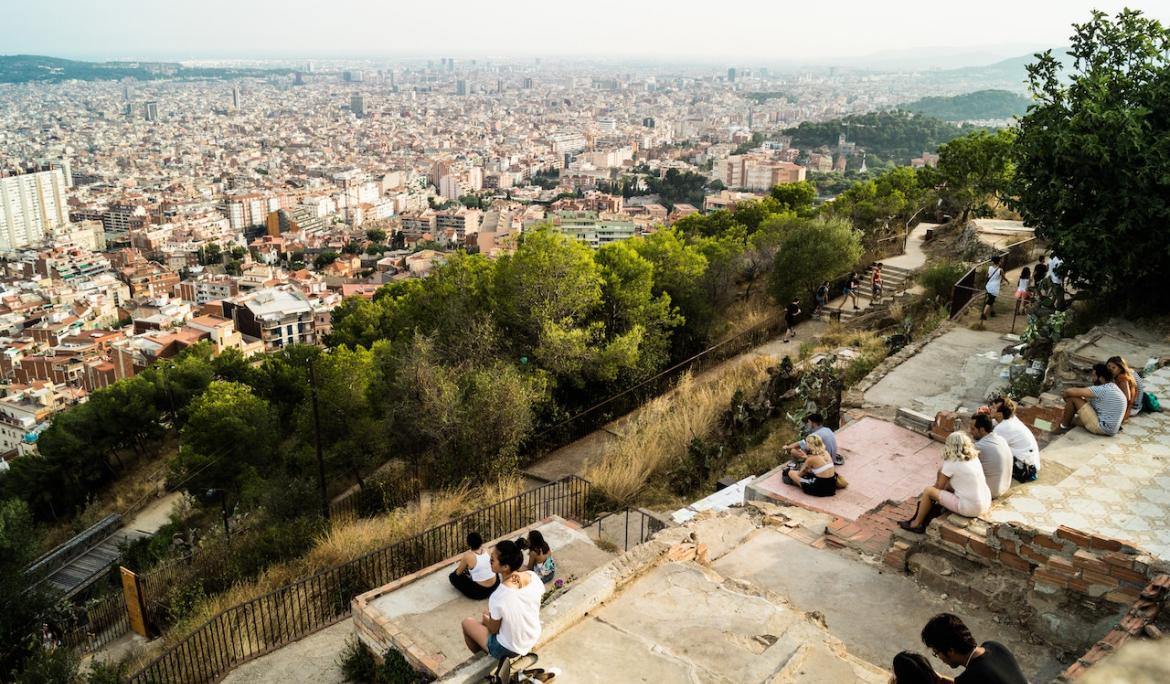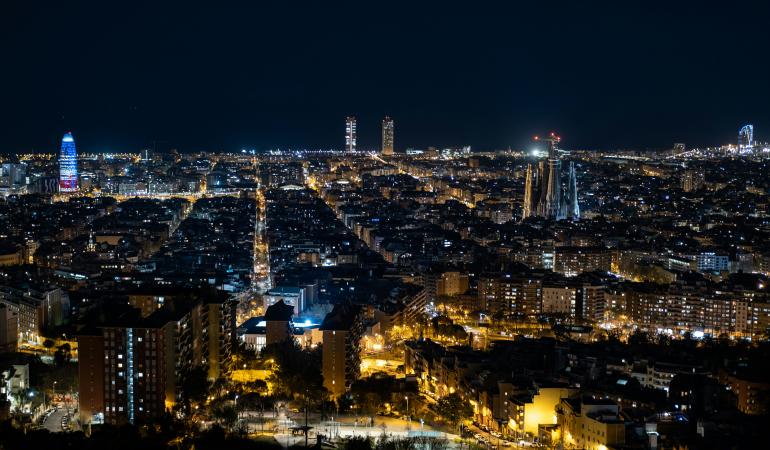The city of Barcelona has corners, curiosities and aspects generally unknown but which are very interesting that you can visit and discover to learn more about the city. Hola Barcelona takes you!

The historical names of the streets of the Eixample
Barcelona is a city with thousands of streets with different names. Although many of them do not have a specific reason behind their name, this is not the case with the streets of the Eixample.
The Eixample was born with the Cerdà Plan, which was a plan to reform and expand the city of Barcelona, in 1860. So, at the request of the local authorities, Víctor Balaguer made a proposal to name the streets. Initially, he wanted to put numbers as names, but it didn't end up being applied. Therefore, his proposal was divided into four main categories: historical figures, territories, institutions and ephemeris, among others.
Some of the streets named after historical figures are:
- Jaume Balmes (philosopher)
- Bonaventura Carles Aribau (writer)
- Ramon Muntaner (editor of one of the four great Chronicles)
- Rafael Casanova (last chief councilor of Barcelona)
- Pau Claris (94th president of the Generalitat)
The light clock of Via Laietana
In Barcelona there are two almost identical light clocks that were built by watchmaker Juan Cabrerizo. These are made of artificial stone, frosted glass discs and brass iron. In the past, they marked the hours with the luminous spheres, but as time goes by and also the lack of maintenance, they are not working at the moment.
In the central part of the clock, they recreate the effigy of the god Hermes together with the shield of Barcelona. The first clock is located at Carrer de Rocafort, 2 and the second is at Via Laietana, 69.
The magic square of 33
Did you know that the Sagrada Família hides a magic square, very similar to a Sudoku? The square was designed by the sculptor Josep Maria Subirachs at the time he was aked to continue with the covering of the Façana de la Passió and it contains 16 squares, each with a different number. The curious fact lies in the fact that the sum of the vertical, horizontal, diagonal rows, the four central squares and the corner squares is 33.
What makes it special is that it breaks two rules of pure magic squares: there must be no repeated numbers (10 and 14 are) and the numbers must form a series of consecutive ones (this one is missing 12 and 16).
Fabra Observatory
The Fabra Observatory is one of the most characteristic features of the Tibidabo mountain, from where you can enjoy the privileged views of the city.
The building has a neoclassical style with a modernist touch and was a work of Josep Domenech, an architect of the time. Subsequently, it was inaugurated in 1904, so it has been studying the cosmos, the universe, earthquakes and the climate for more than 115 years. In addition, one of the curiosities that the Fabra Observatory hides is that there is an asteroid in the space that bears its name. This asteroid was discovered in 2001 by the astronomer Josep Manteca, who decided to dedicate it to the Observatory.
If these peculiarities have caught your attention, remember that on our Instagram you can discover all the #HolaBarcelonaSecrets. Don't miss them!
